Disease: Resistance Problems Not Limited to Weeds and Insects
It is easy to see when weeds or insects develop resistance to a herbicide or insecticide. The weeds or insects are easy to spot in the field. Even some plant diseases are becoming resistant to some fungicides, as evidenced by the infected plants in the field. A harder place to detect resistance may be when soybean cyst nematodes, SCN, start to overcome the benefits of using a soybean variety with a particular source of resistance to SCN. Of the hundreds of SCN-resistant soybeans available to producers, the vast majority use the same source of resistance, PI88788. The explanation for [...]
Agronomy: Top 3 Questions We Were Asked at the Northern Illinois Farm Show
ISA attends farm shows to better connect with farmers across the state. For us, farm shows are a great opportunity to converse and reconnect, and also a chance for farmers to explore resources, new tools and technologies, and to ask questions. At the recent Northern Illinois Farm Show we were asked many questions; here are a few that stood out: Question: “I was looking for more information on growing non-GMO or identity-preserved beans. Where do I find that?” Answer: You can find more information on soybean specialty programs at soypremiums.org. This website is funded by the soybean checkoff and [...]
Agronomy: PODCAST: Benefits & Risks of Early Planting
Finding the optimum planting date for soybeans is never easy and depends on a number of factors including soil conditions, weather outlook and some key management decisions. In this podcast Lance Tarochione, technical agronomist with DEKALB® and Asgrow®, explains the benefits and risks of early planting. Segment 1: Increasing Yield Potential with Earlier Planting Segment 2: Understanding the Risks and Benefits of Earlier Planting Segment 3: Tips for Success with Early Planting
Plant & Soil Health: Making the Connection: Sulfur and Nitrogen Working Together
Maximizing protein production and nitrogen fixation requires an ample supply of sulfur. Soybeans require both nitrogen and sulfur and they are interrelated. Soybeans require 4.5 to 5 lbs. per acre of nitrogen per bushel and 0.46 lbs. of sulfur per bushel. A 60-bushel soybean crop needs about 300 lbs. nitrogen and about 30 lbs. sulfur. Amino acids end up as the backbone of all proteins—but in different combinations. While nitrogen is a component of all amino acids and proteins, sulfur is a component of specific amino acids: methionine, cysteine and cystine. A recent research report out of Michigan State [...]
Plant & Soil Health: Manure an Economical Fertilizer Option
Illinois farmers will need to rely on fertilizers to replenish soils after the record 2014 crop. Brothers Brad and Brian Thomas farm together near Oakdale, Ill., and they prefer to use hog manure from a neighbor's barn to enhance soil fertility and profitability. "We don't have to use any commercial fertilizer on ground that gets manure, and we get more organic matter and other benefits from manure," says Brad Thomas. "We just pay manure application costs, so we get cost savings compared to commercial fertilizer." About 15 years ago, a neighbor built a hog barn. The hog farmer didn't [...]
Agronomy: Soybean Planting Depth
Not too late to plant deeper! For a long time producers and agronomists believed that the correct planting depth for soybeans is 1 to 1.5 inches while corn is 1.75 to 2.25 inches. Soybeans can’t be planted as deep as corn because they generally do not have the strength in their hypocotyl to push out of the soil. Two other factors are that soybean seed requires more water to germinate and emergence can be more easily impeded when a soil crust develops. The rule of thumb is to plant deeper when soil is drier or lighter (sandy), and shallower when [...]
Plant & Soil Health – Gypsum Offers an Economic Source of Sulfur for Deficient Soybean Acres
Gypsum (CaSO4·2H2O) is a mineral mined from sedimentary deposits created by the evaporation of saline water, where sulfuric acid comes into contact with calcium carbonate. A number of productive gypsum quarries have operated in Michigan’s Lower Peninsula over the last 150 years, marketing the mineral as plaster, stucco and fertilizer. Agricultural gypsum is applied as a soil amendment and fertilizer containing roughly 22 percent calcium and 18 percent sulfur. Most soils in Michigan provide adequate amounts of calcium for soybean production. However, coarse-textured soils with low potential for sulfur mineralization from organic matter may be at risk for sulfur deficiency [...]
Agronomy: How Do I Decide Whether to Treat My Soybean Seed?
Treating soybean seed is a good risk management tool for a relatively small investment per acre. It is usually not done at a seed plant, but rather at a dealer’s seed warehouse, and can be applied before delivery. Making the decision to treat soybean seed has to remain flexible until the very last moment because once the seed is treated, you own it, can’t return it (like corn seed), can’t market it as grain and can’t store it until next year. So you plant it or dispose of it. When soybeans were first adopted as a grain crop, no one [...]
Agronomy: Mobile Apps Most Useful for Ag
There are several Apps that companies and public institutions have developed with the unique goal of increasing product exposure, reaching broad and progressive audiences, and improving effectiveness in communicating news, educational materials, and support tools. Without doubt, Extension is changing and the audience is evolving. During the winter meetings we’ve had this year, we have seen more and more people using smartphones and tablets for checking email, news, weather, grain price information, and more. In the last month, the K-State Sorghum and Soybean Schools offered a concurrent session titled “New Technologies: Use of Mobile Apps.” From the audience attending these [...]
Weed Management: Weed Scientists Uproot Common “Superweed” Myths
Today the Weed Science Society of America (WSSA) issued a new fact sheet to uproot common misconceptions about “superweeds”– a catchall term used by many to describe weeds resistant to herbicides. The paper explores the truth behind two widespread fallacies. Fallacy 1: Superweeds are a product of rampant gene transfer from genetically modified field crops. The truth: WSSA scientists say gene transfer from some crops to certain weed species can happen, but it has not been a factor in the development of herbicide resistance across large acreages. The true culprit, they say, is overreliance on a single class of herbicides, resulting [...]

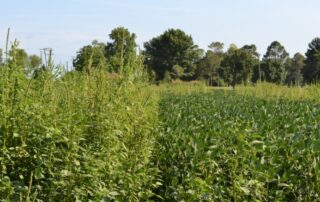
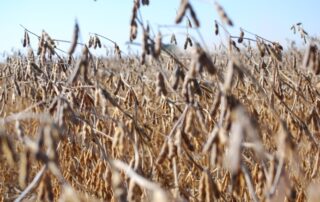
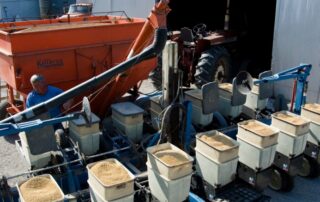
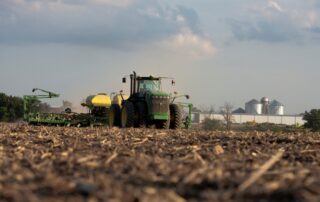
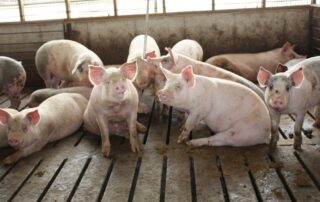
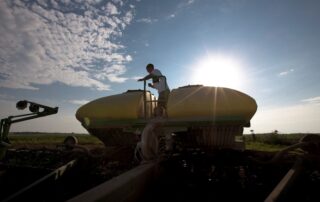
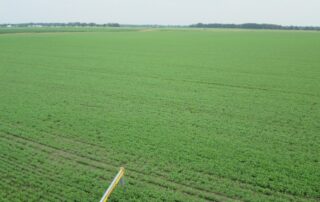
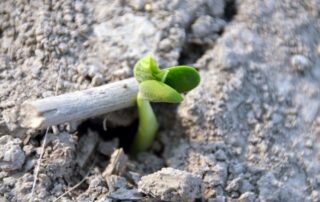
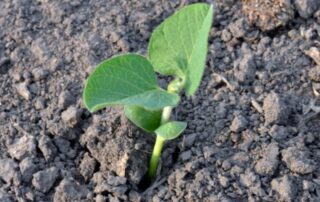
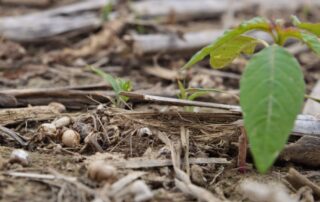



 and then
and then